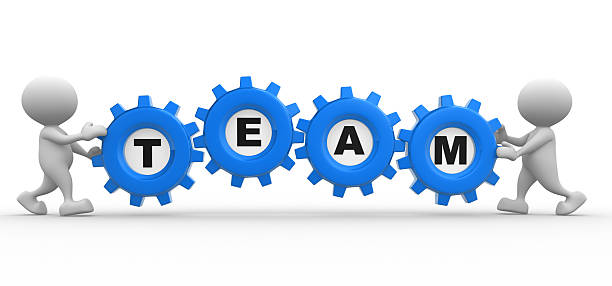A measurement system can be defined as a black box which is used for making measurements. It has the input as the quantity being measured and the output as a measured value of that quantity.
Example:
Elements of Measurement Systems:
Measurement system consists of the following three elements.
a) Sensor b) Signal conditioner c) Display System
Sensor:
A sensor consists of transducer whose function is to convert the one form of energy into electrical form of energy. A sensor is a sensing element of measurement system that converts the input quantity being measured into an output signal which is related to the quantity
Example:
Temperature Sensor – Thermocouple
Input – Temperature
Output – E.M.F (Electrical Parameter).
Signal Conditioner:
A signal conditioner receives signal from the sensor and manipulates it into a suitable condition for display. The signal conditioner performs filtering, amplification or other signal conditioning on the sensor output.
Example:
Temperature measurement – Single Conditioner function (Amplifier)
Input – Small E.M.F value (From sensor)
Output – Big E.M.F Value (Amplified).
Display System:
A display system displays the data (output) from the signal conditioner by analog or digital. A digital system is a temporary store such as recorder.
Example:
Display – L.E.D (or) Number on scale by pointer movement
Input – Conditioned Signal (from signal conditioner)
Output – Value of the quantity (Temperature)

